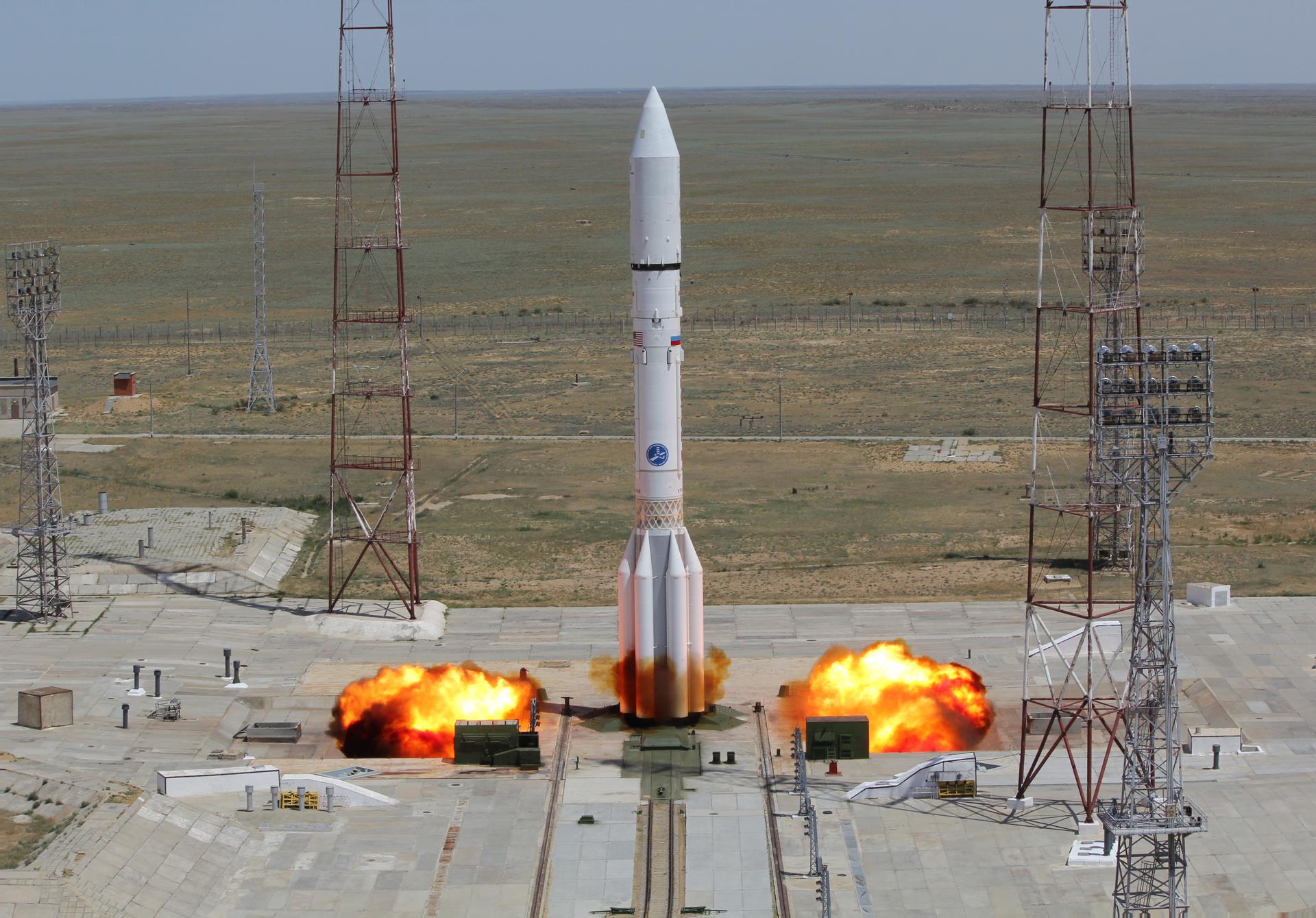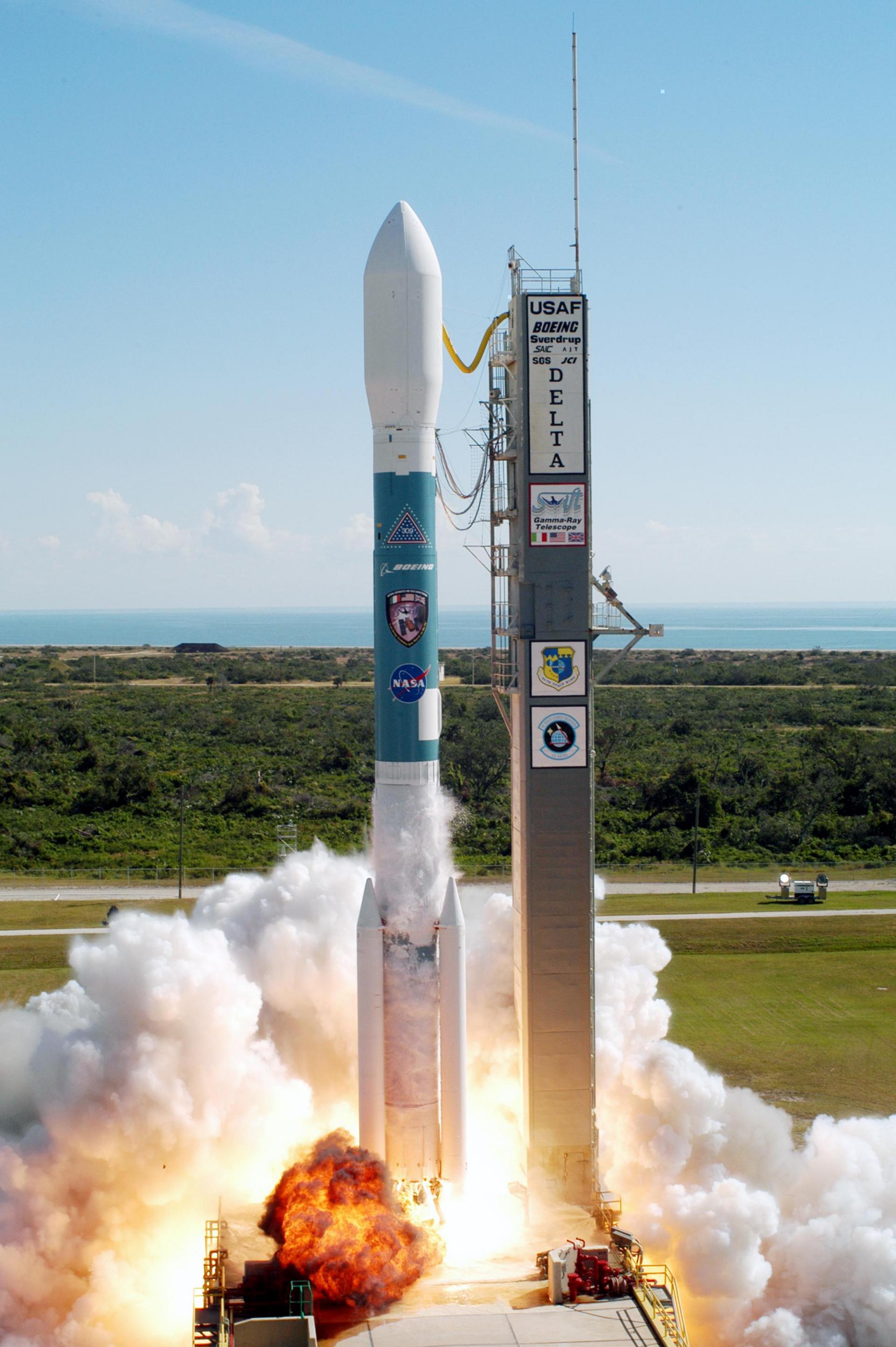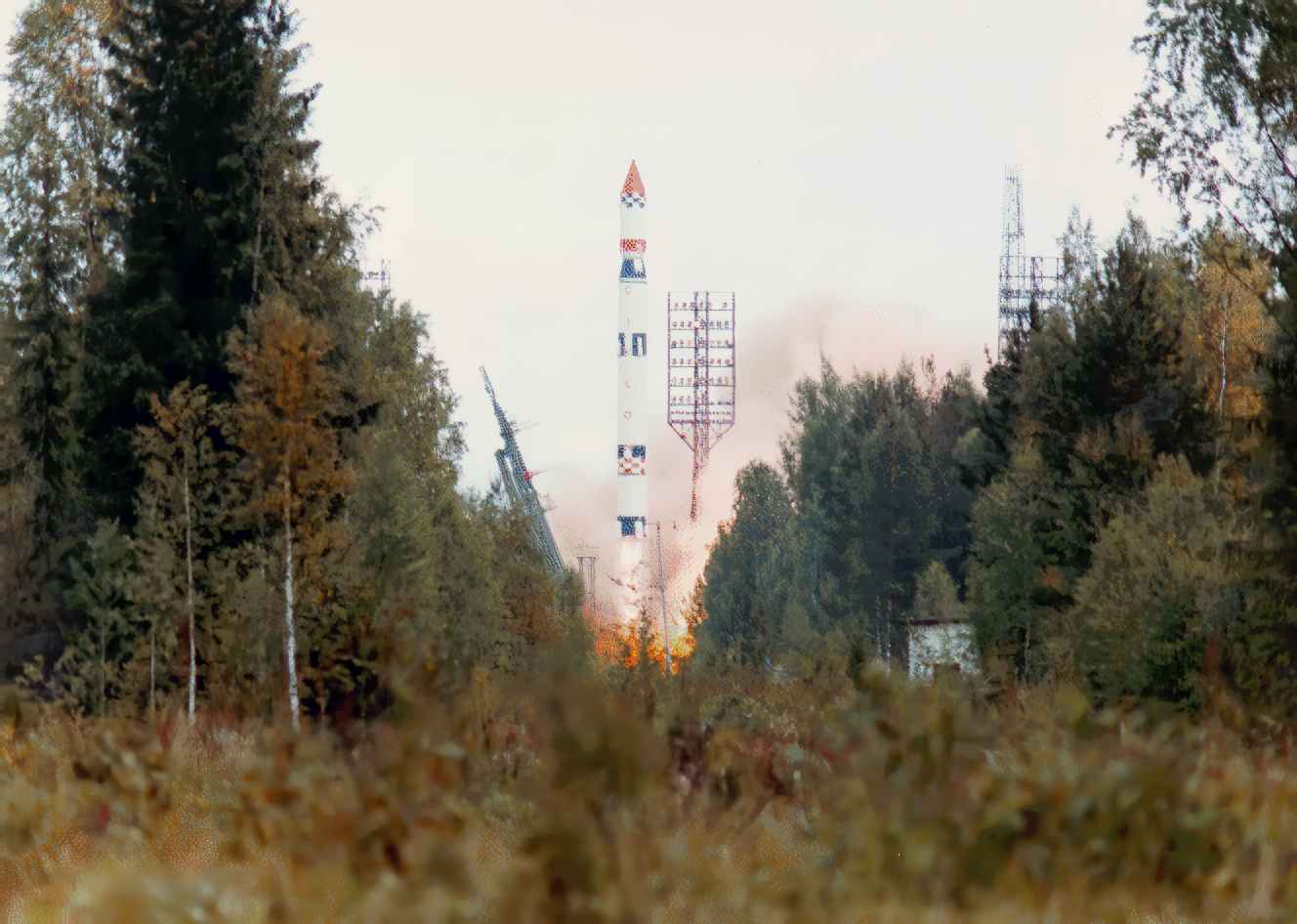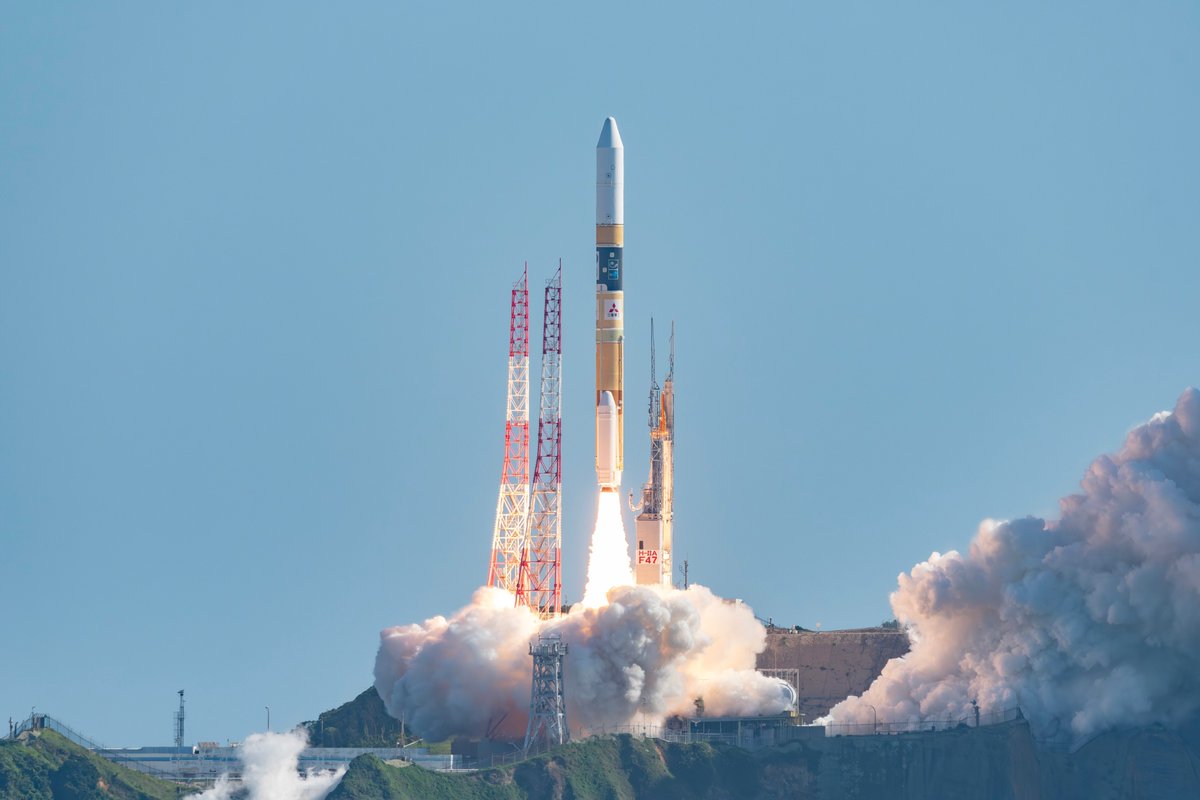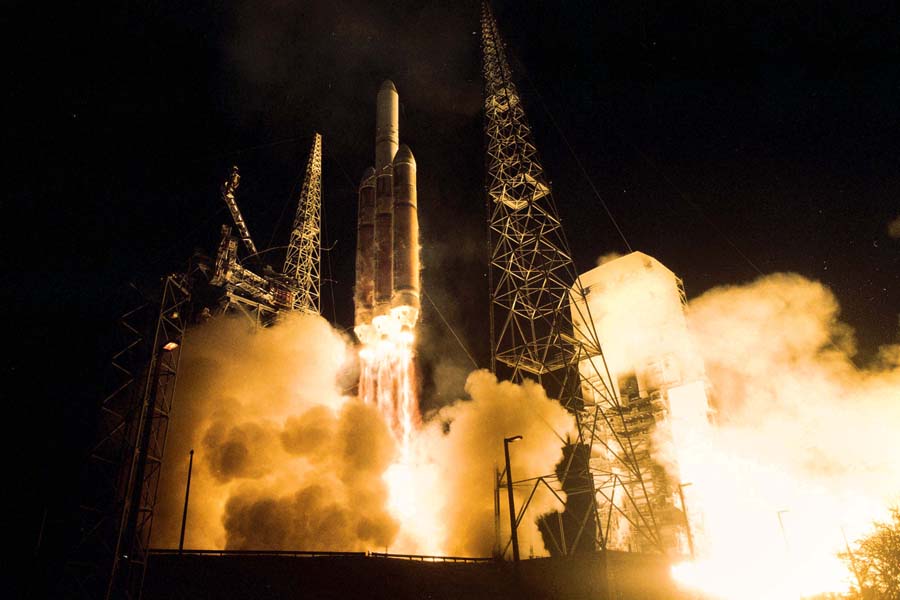Previous Spaceflight Launches
Filter by Agency, Locations or Vehicles
Show All LaunchesTaurus 3110 | OCO
Orbital Sciences Corporation | United States of AmericaVandenberg SFB, CA, USA
Feb. 24, 2009, 9:55 a.m.
Ariane 5 ECA | Hot Bird 10, NSS-9, Spirale A, Spirale B
ArianeGroup | FranceGuiana Space Centre, French Guiana
Feb. 12, 2009, 10:09 p.m.
Status: Launch Successful
Mission:
Hot Bird 10 is a French communications satellite operated by Eutelsat. It provides direct to home broadcasting from geostationary orbit at 13 degrees East. NSS9 is a communications satellite owned by SES, operating at 177 degrees West. Spirale is a French government programme to develop an early wanring system which will use infrared satellite imagery to detect the flights of ballistic missiles. This was a demonstration using two micro satellites.
Geostationary Transfer OrbitProton-M | Ekspress AM-44 & MD-1
Khrunichev State Research and Production Space Center | RussiaBaikonur Cosmodrome, Republic of Kazakhstan
Feb. 11, 2009, 12:03 a.m.
Soyuz U | Progress M-66
Russian Federal Space Agency (ROSCOSMOS) | RussiaBaikonur Cosmodrome, Republic of Kazakhstan
Feb. 10, 2009, 5:49 a.m.
Delta II 7320-10C | NOAA-19 (NOAA N)
United Launch Alliance | United States of AmericaVandenberg SFB, CA, USA
Feb. 6, 2009, 10:22 a.m.
Safir | Omid
Iranian Space Agency | IranSemnan Space Center, Islamic Republic of Iran
Feb. 2, 2009, 6:34 p.m.
Tsiklon-3 | Koronas-Foton
Yuzhnoye Design Bureau | UkrainePlesetsk Cosmodrome, Russian Federation
Jan. 30, 2009, 1:30 p.m.
H-IIA 202 | GOSAT
Mitsubishi Heavy Industries | JapanTanegashima Space Center, Japan
Jan. 23, 2009, 3:54 a.m.
Delta IV Heavy | NROL-26 (USA-202)
United Launch Alliance | United States of AmericaCape Canaveral SFS, FL, USA
Jan. 18, 2009, 2:47 a.m.
Proton-M | Uragan-M 18 to 20
Khrunichev State Research and Production Space Center | RussiaBaikonur Cosmodrome, Republic of Kazakhstan
Dec. 25, 2008, 10:43 a.m.


